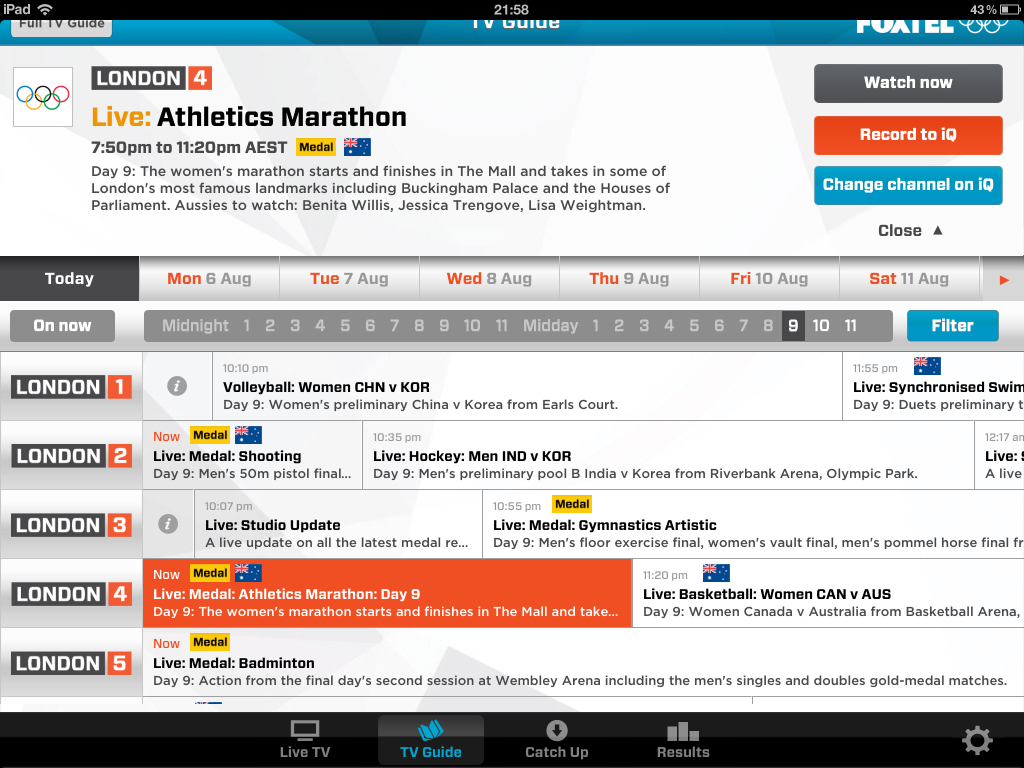Real-time language translation and connected devices can lead to some amazing things. Two recent news items/case studies show glimpses of a pretty amazing future coming to a small screen very soon. The incidents are completely unrelated, but were announced very recently.
First is an astonishing live translation app by NTT DoCoMo. The app translates voice in real time from Japanese to either Korean, Mandarin or English, with French, German, Indonesian, Italian, Portuguese, Spanish and Thai due out soon. Check out the video in the link above – it is not perfect and could probably not be used in a business setting, but certainly is already there for a traveler in Japan.
There is a natural skepticism to the service of course. Anyone who has tried Google Translate or who has been swearing at their Siii voice control knows the pain of translation. And there are plenty of skeptics in the comments to the article. The point is however, this is finally ready for real time trial and error by users, and will only get better.
The second case comes from a very innovative campaign by Coca-Cola. Users see a banner ad where they are asked if they want to send someone a free Coke. If the consumer wants to participate, they are given the option to choose the location for the delivery of the free Coke from a global map. The map indicates which cities have been equipped with the special Coke vending machines.
[youtube=http://www.youtube.com/watch?v=45Z-GevoYB8&w=425&h=349]
At the vending machines, people who receive free cokes can record a video and send a message to the sender thanking them. Oh yes, the messages are of course translated to and from local language. Pretty cool way of connecting people all over the world through promoting your product. Way to go Coke!



Recent Comments